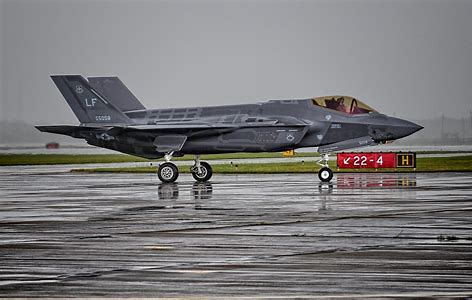
In the realm of contemporary aerial combat, the F-35 serves as a symbol of fifth-generation fighter aircraft technology, blending stealth, sensor fusion, and unparalleled situational awareness.
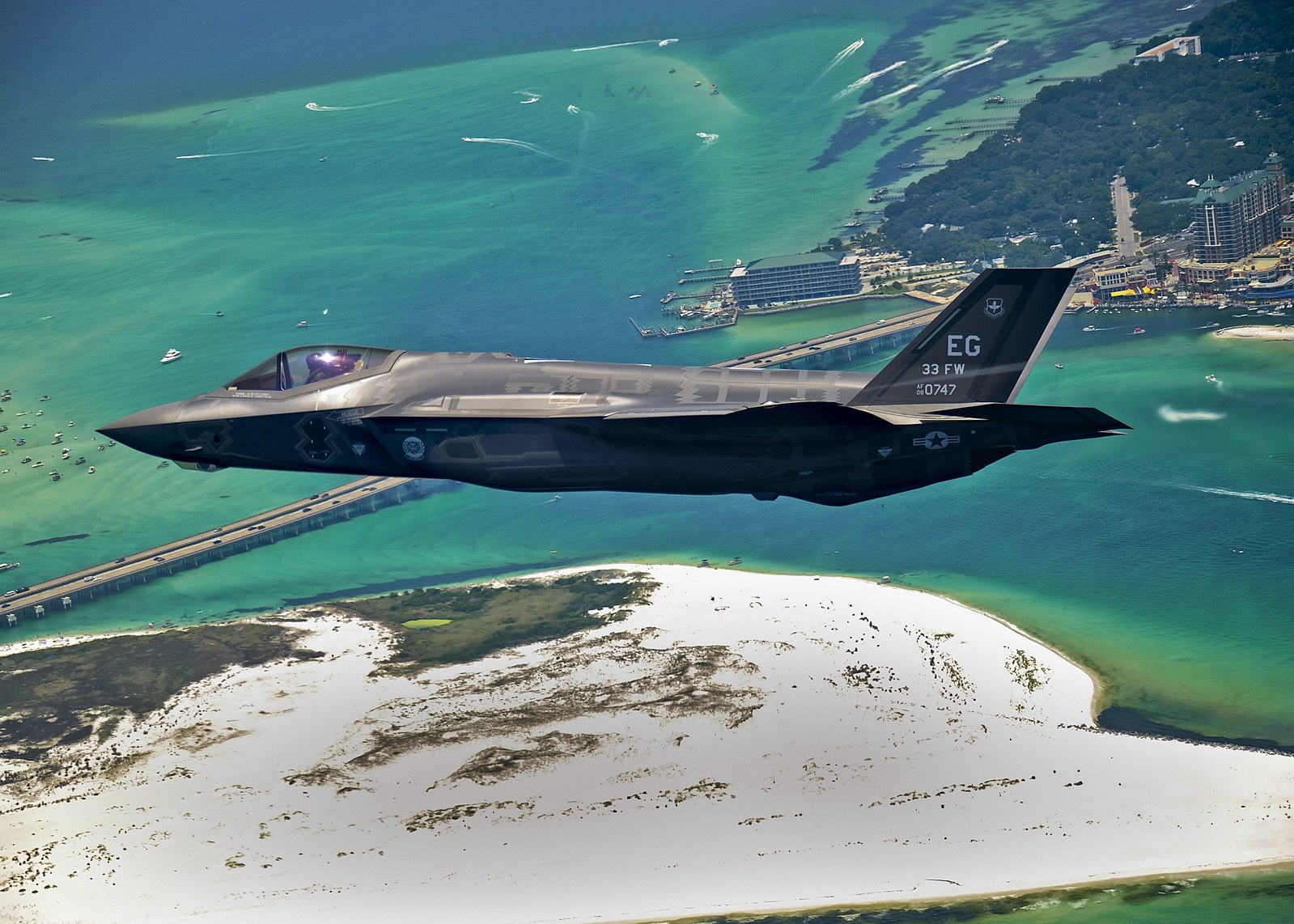
Despite being the subject of scrutiny and bearing the weight of a few crashes during its service, the F-35 has established itself as a safe, cost-effective, and transformational combat platform.
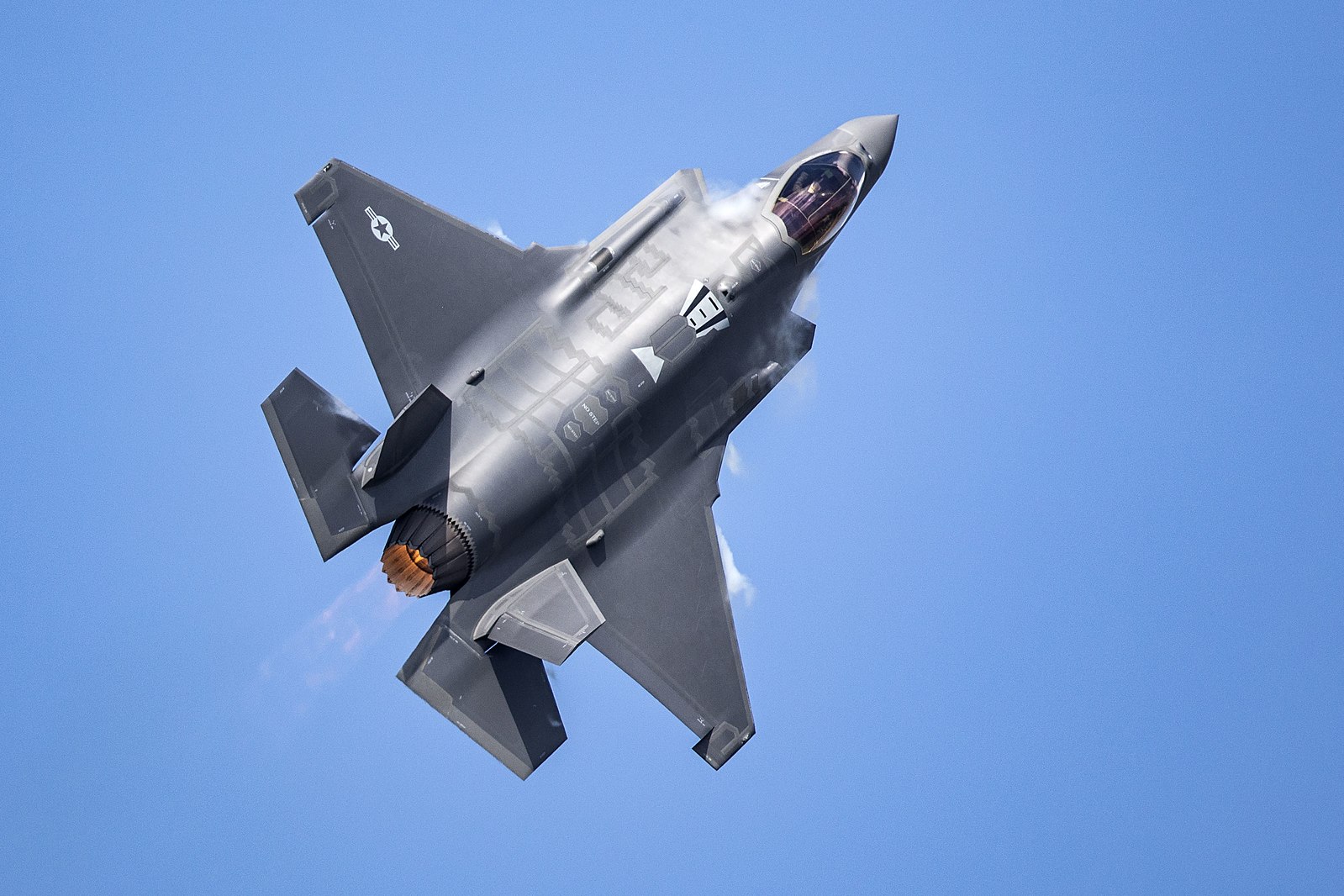
Amidst the conversation about the F-35’s performance, it’s crucial to acknowledge that the aircraft has indeed experienced 29 crashes since its first flight 17 years ago.
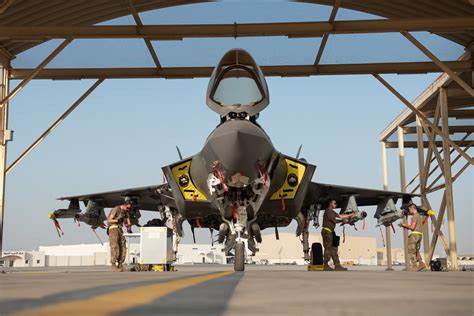
However, when contextualized with over 721,000 flight hours and more than 965 delivered units, these incidents amount to a remarkably low crash rate.
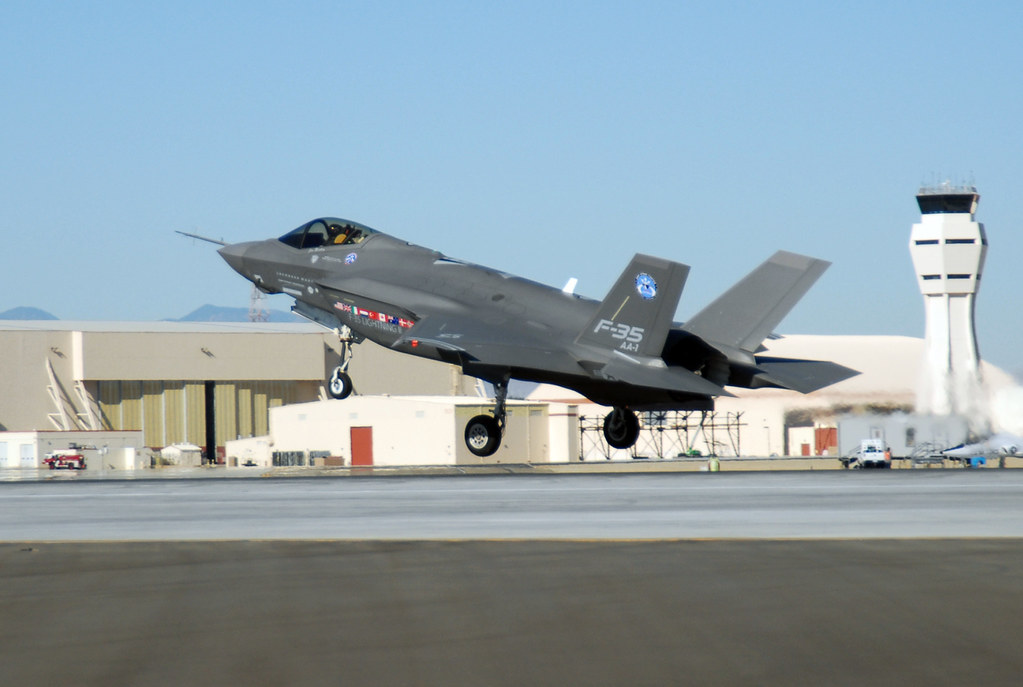
The Aviation Safety Network confirms fewer than ten total destroyed planes and one pilot fatality. In comparison to the aircraft’s extensive use by the United States and allies such as Israel, Italy, Norway, and the United Kingdom, this record suggests an impressive standard of safety and reliability.
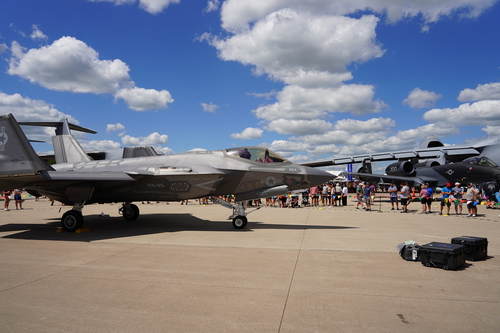
The F-35 program, with its $1.7 trillion projected lifecycle cost, is the most expensive fighter jet program to date. Despite this, the program has proven to be essential in meeting the multi-faceted demands of modern air forces.
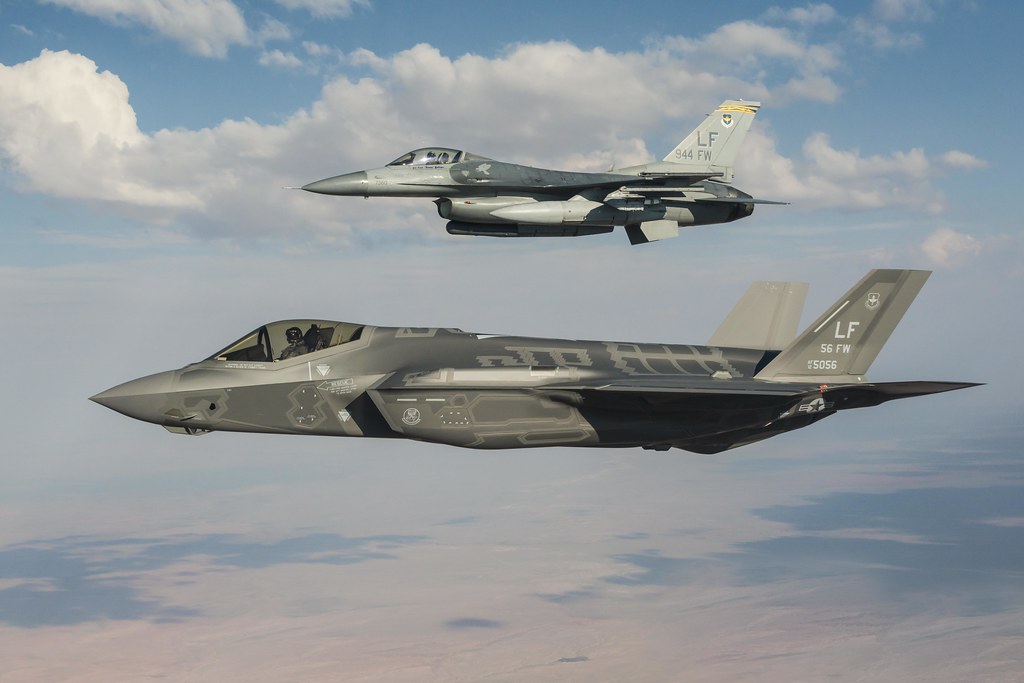
With variants like the F-35A for conventional operations, the F-35B for short take-offs and vertical landings, and the F-35C for aircraft carrier use, the aircraft serves a vast range of operational needs.

Criticisms have not been scarce, with the program confronting challenges such as design trade-offs, delays, and maintenance issues. Nonetheless, the pilots who have taken to the skies in this advanced machine have voiced their approval of its capabilities.

It’s worth noting that such a technologically advanced system naturally comes with initial teething problems, many of which have been promptly addressed.
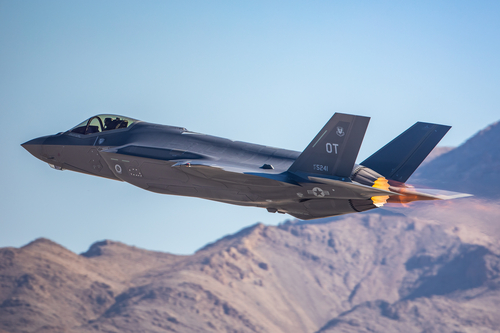
The journal Aerotime provides data indicating that “the F-35 is actually the safest fighter jet in recent years: it crashes less and results in fewer fatalities than the fourth-generation counterparts.” It’s a noteworthy finding that refutes much of the criticism around the aircraft’s safety record.
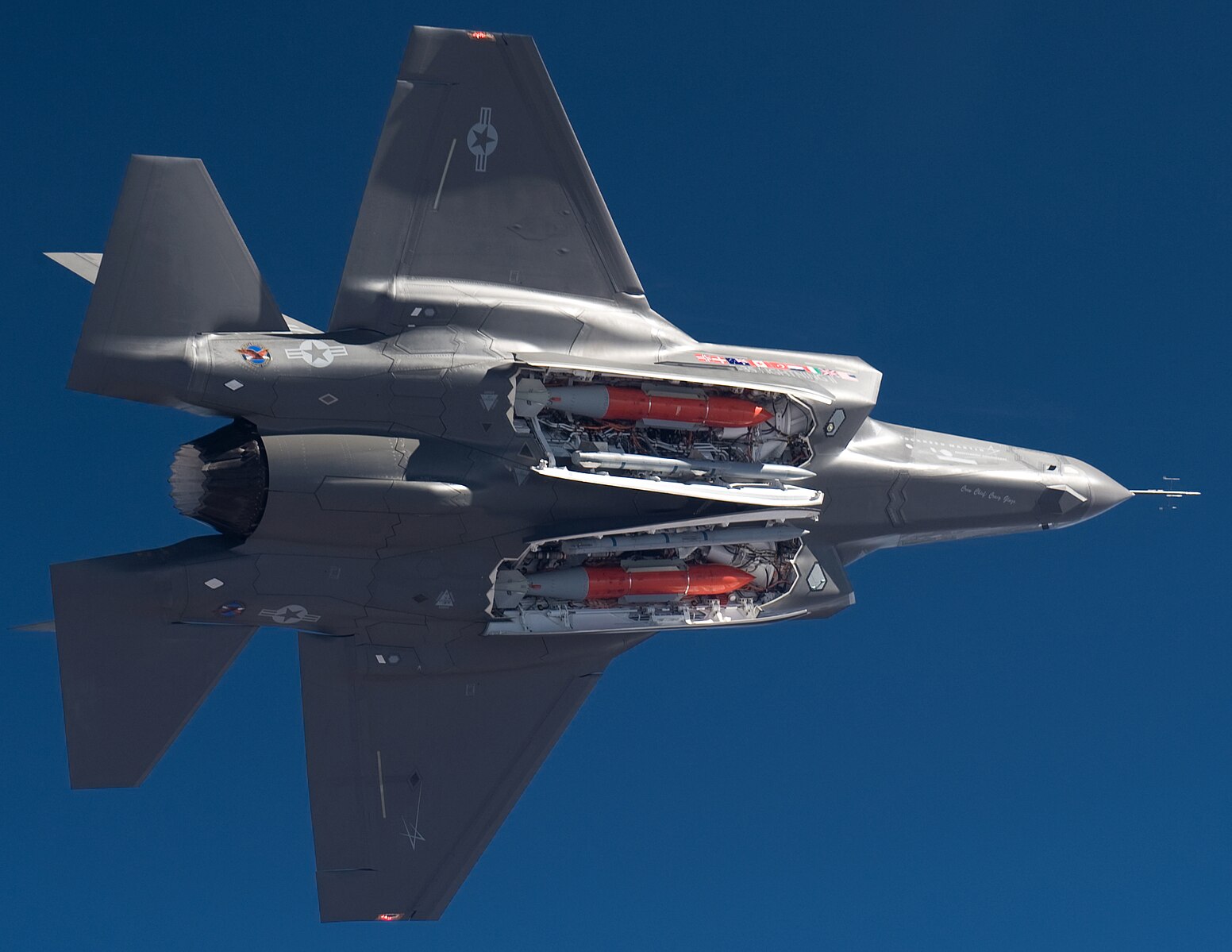
Furthermore, in terms of operational prowess, recent Red Flag aerial wargames demonstrated the F-35’s superiority with a staggering 20:1 kill ratio. These exercises have validated the aircraft as not just an effective tool of war but a multiplier of combat capabilities, enhancing the performance of other platforms in the battlespace.
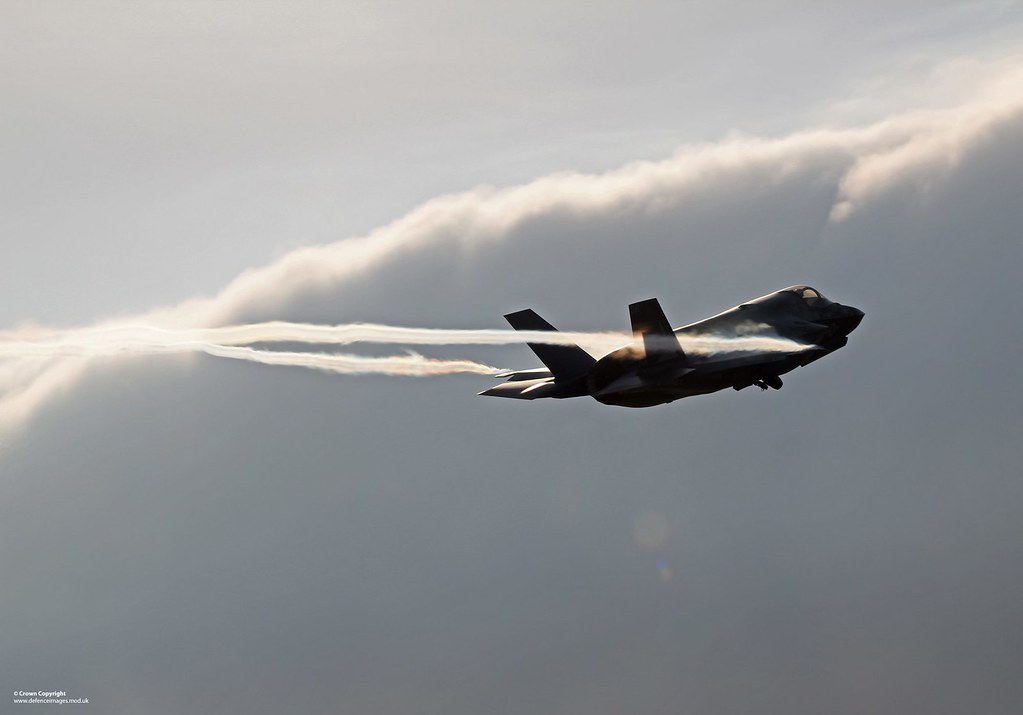
Cost-wise, the F-35 has seen a decrease in expenses over the past decade.
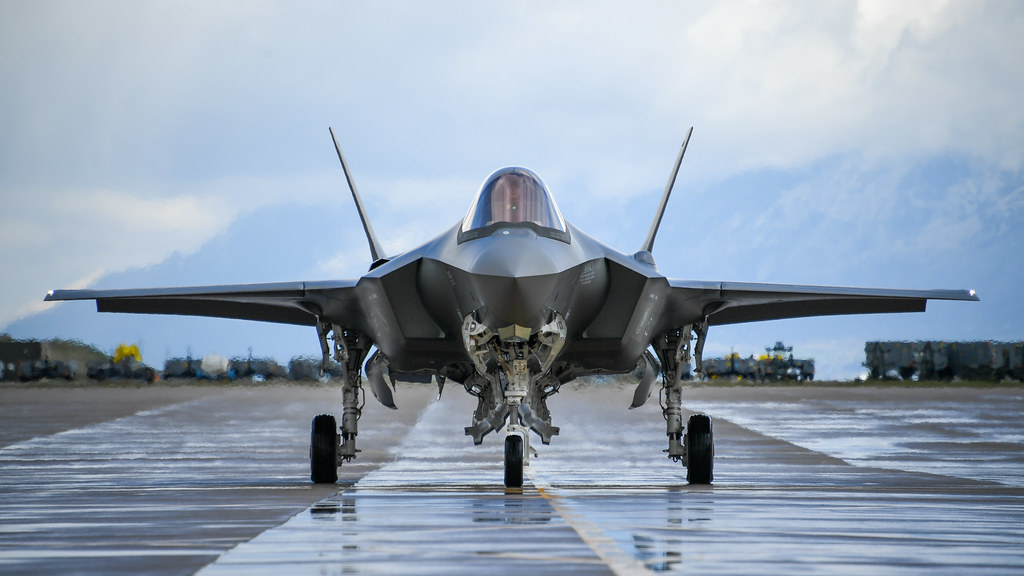
The Air Force variant, the F-35A, has become more cost-effective, not only in procurement but also when considering the total value brought to the table in mission efficiency and deterrence.

Internationally, the F-35’s adoption by countries such as Germany, Poland, Finland, and the Czech Republic — after their own due diligence — further affirms its status as the premier multi-role fighter. The Swiss government even concluded that “The F-35A has the lowest operating costs of all of the candidates evaluated.”
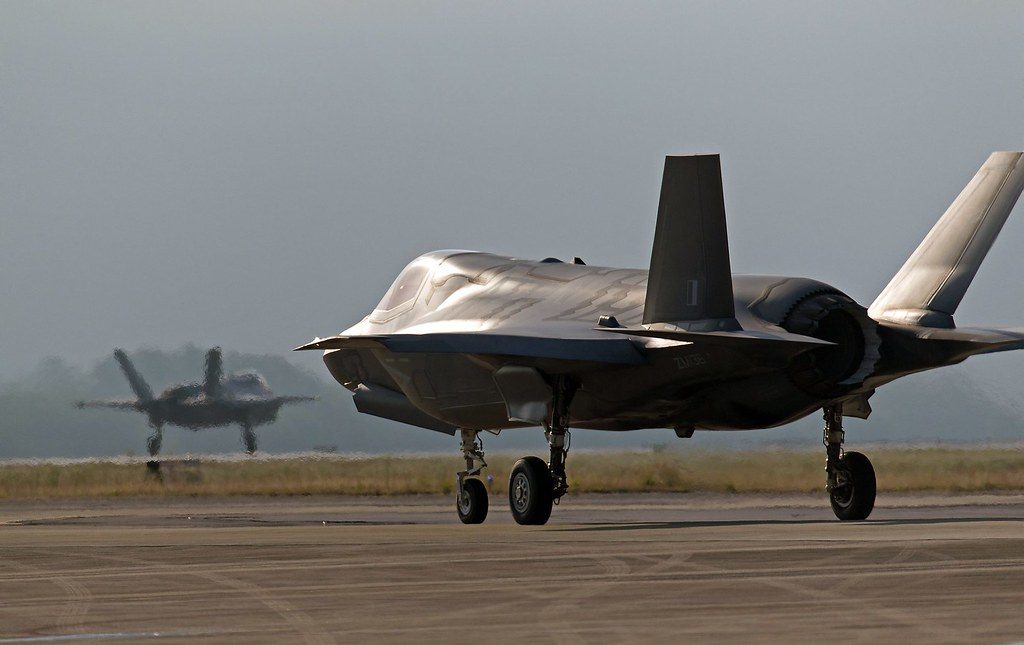
The F-35B variant, with its unique vertical landing and short takeoff capability, provides strategic flexibility, particularly in regions like the Western Pacific. For example, it has demonstrated its value by operating from the British aircraft carrier Queen Elizabeth during its Indo-Pacific deployment.
Relevant articles:
– How Many F-35 Fighter Jet Crashes Have There Been?, Simple Flying
– The F-35 Is The Safest And Most Capable Fighter The U.S. Military Has, Lexington Institute
– Editorial: The Best Fighter in the World, airandspaceforces.com
